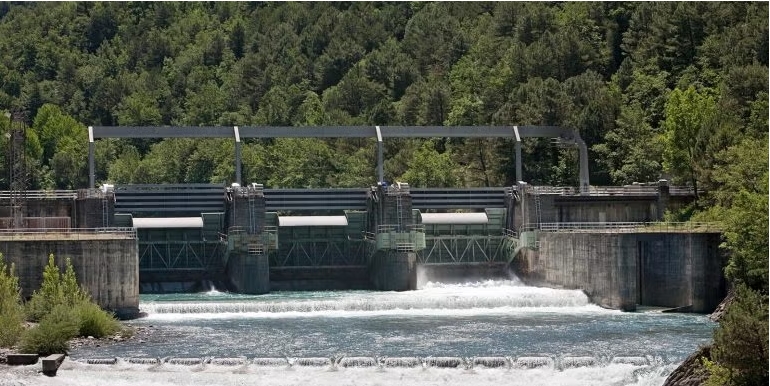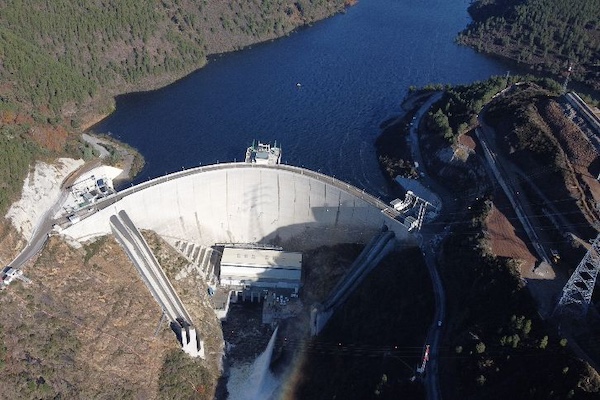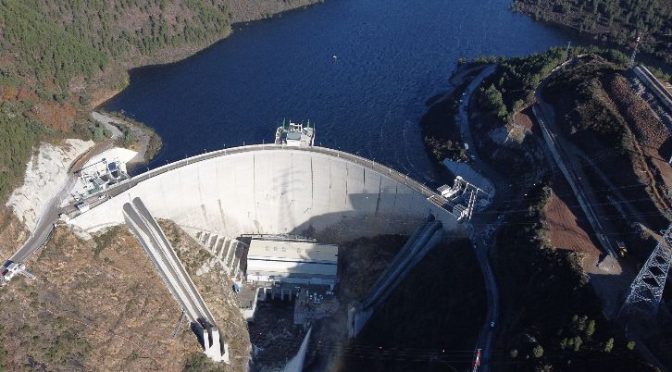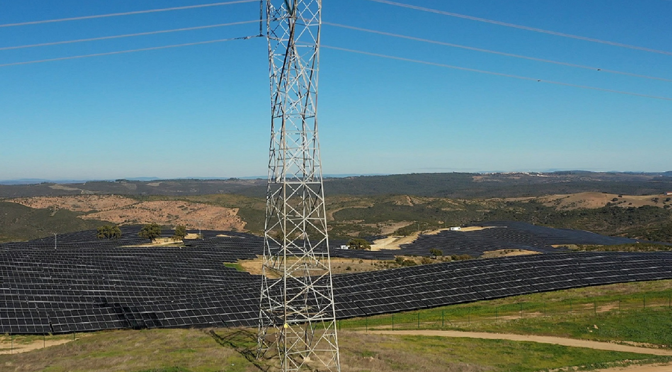
Uncertainty over the recovery of Chinese demand, demand destruction in Europe, as well as weather conditions will pivot the LNG market this summer. Global LNG supply is expected to increase by 1% y-o-y this summer, to 200 million MT. Meanwhile, global LNG demand is seen at 192 million MT, also 1% higher y-o-y.
In China, we should expect to witness a significant boost in the country’s gas demand from 2Q, with economic output returning to normal by 3Q. More specifically, China’s LNG imports are forecast to climb 17% y-o-y this summer. The incremental demand will primarily come from the industrial sector rather than the power sector, where the elevated prices have decreased utilization hours at gas plants. Spot purchases, however, will not increase proportionally with the demand, as they will be capped by the existing high volumes of long-term contracted LNG cargoes. However, a faster recovery in China’s gas demand could snap a significant volume of flexible LNG cargoes available for Europe, especially if Chinese buyers reduce resales of contracted LNG.
Yet, China’s increased LNG imports will be offset by lower demand in Japan and South Korea due to higher electricity generation from nuclear power plants and robust LNG inventories. Consequently, Asia’s total contract supply could exceed its overall demand. With North Asian demand for spot LNG likely to remain muted, cargoes will flow to Europe at higher levels than last year, making up for lost Russian pipeline volumes.
Europe's LNG demand is 71% higher than its contracted supply, therefore the bloc will need to attract 76% of flexible LNG supplies this summer. Europe is currently forecast to completely fill its gas storage by the end of the summer, assuming 10-year average weather. More specifically, the bloc’s gas storage could climb to 12 billion cbm by end of October, which will be more than it needs to meet its 90% storage target. Gas balances, however, will be defined by demand destruction in all sectors (industrial, commercial, and residential). In the scenario of healthy demand, European inventories could hover close to the 80% storage target by the end of September. The shutdown of coal plants in Germany this summer for planned maintenance could provide a boost in gas demand for power generation. However, given the current uncertainty of demand destruction, a more accurate projection could be made when the policymakers will decide on the possible continuation of the emergency demand-reduction measures, effective until the end of March.
After accounting for demand above destination-fixed contracts for Europe and Asia, the market will likely be left with a net 12 million MT of flexible volumes to cater to summer weather variations against base-case forecasts for both regions. A hot summer in North Asia (China, Japan, and South Korea) would result in about 2 million MT of incremental LNG demand that will be diverted away from Europe over the season. A stronger-than-expected Chinese economic recovery could add to flexible cargo needs from Asia and take away some of this available spot volume.







